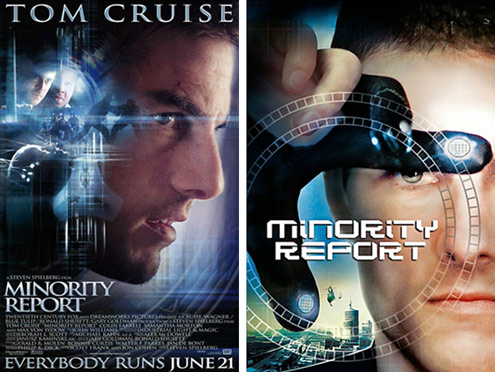Introduction
One of the most interesting ways to engage with genre is to select two films from the same genre and compare and contrast them. Critically, select two films produced in significantly different time periods and places - by doing this kind of analytical exercise we’re able to go some distance in identifying some of the ways in which a genre evolves.
Science fiction film certainly seems to offer a particularly rich case study in terms of what kinds of ideas texts can be encoded with how we, as the audience (in our own particular times and places) can then decode the material, finding new significances and resonances in its characters and the themes that their actions and reactions embody.
With a root in the tradition of the wonder tale, science fiction at its best we might say, allows us to take a close look at what the reality of today is by imagining how things might be in terms particularly, of our relationship with technology, and with the idea of the alien or non-human. The films that we’ll discuss in this resource are Blade Runner and Minority Report. They are both science fiction films, their images and narratives extending beyond their origin point as ‘just’ films. Blade Runner is a text that has been extensively re-appropriated by other cultural producers and audiences in a process of cultural discourse; both films being integrated with advertising, fashion (Blade Runner’s origami unicorn is now a graphic on a particular brand of t-shirt), music and literature (to a lesser extent Minority Report as more of a mainstream Hollywood production) with the latter making full intertexual homage to Blade Runner in this regard.
…